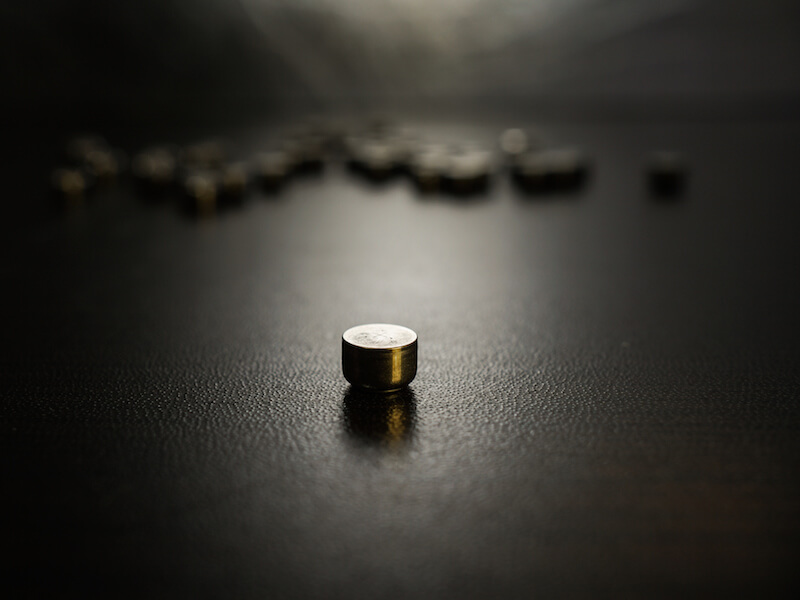
From cameras to phones to music players, how we power our electronics has progressed. For years, those looking to address hearing loss have wished for a similar advancement, and the industry is finally recognizing the promise of a robust rechargeable hearing aid battery.
Size 312 batteries are the most common of the disposable batteries that have typically been used to power hearing aids. Today, the most popular version of these batteries is generally known as a “zinc-air” battery.
Disposable Hearing Aids Have a Disadvantage
As the name would imply, a zinc-air battery is impacted by the presence of air. The user has to pull a small tab off the back of a 312 zinc-air battery in order to activate it.
As soon as it is fully oxygenated, it begins to lose power. So the power is depleting even if the user isn’t actively using it.
Most users regard the duration of life to be the most significant drawback of disposable batteries. Some reports have cited the average life expectancy of a size 312 disposable battery to be from 3 and 12 days, which means users could replace their batteries around 120 times every year.
That also means users may need to purchase 120 batteries, spend the time twice a week to replace them, and correctly dispose of each. That’s probably over $100 in batteries from a cost outlook alone.
Advancements in Rechargeable Batteries
Rechargeable hearing aid technology has progressed to the point where it’s now a viable solution and that’s good news for individuals who wear hearing aids.
Studies have shown that most individuals overwhelmingly prefer to use rechargeable hearing aids. Until recently these models have traditionally struggled to supply a long enough charge to make them worthwhile. However, recent innovations now enable an entire day of use per charge.
Rechargeable batteries won’t save users substantial amounts of money, but they will make quality of life better.
These modern models give less frustration on top of keeping a 24 hour charge because the user doesn’t deal with the burden of continuously swapping out the batteries. Instead, they just need to take out the battery and put them in a convenient tabletop charging unit.
A disposable battery nearing the end of its life simply can’t work at full power. There’s also no real way to identify how near to being inoperable the battery really is. So the batteries could die at the precise moment that a user needs them the most which might even put them in peril. A dead battery will not only lead to a safety concern, it could cause the user to miss out on key life moments.
Hearing Aids Come in Different Types
There are distinct advantages to each of the different materials that rechargeable batteries are made of. The ability to hold a charge for 24 hours is one reason why integrated lithium-ion batteries are one practical option that manufacturers supply. And smart-phones are powered by this same type of battery which might be surprising.
Silver-zinc technology is another material used for modern rechargeable hearing aids. This revolutionary technology was initially developed for NASA’s Apollo moon missions. You can even use this technology to upgrade and retrofit the existing hearing aids you’re comfortable with by changing the device to rechargeable power. These batteries, similar to lithium-ion, will also last all day before needing to be recharged.
Some models even let you recharge the battery without removing it. During the night, or at some other time when the hearing aid is not being used, the whole hearing aid can be placed right into the charger
Whichever solution you decide on, rechargeable batteries will be considerably better than disposable batteries. You just have to do some research to decide which solution is best for your needs.
If you’re searching for more information about hearing aid technology or how to select the best hearing aid to satisfy your needs, we encourage you to check out our hearing aids section.
